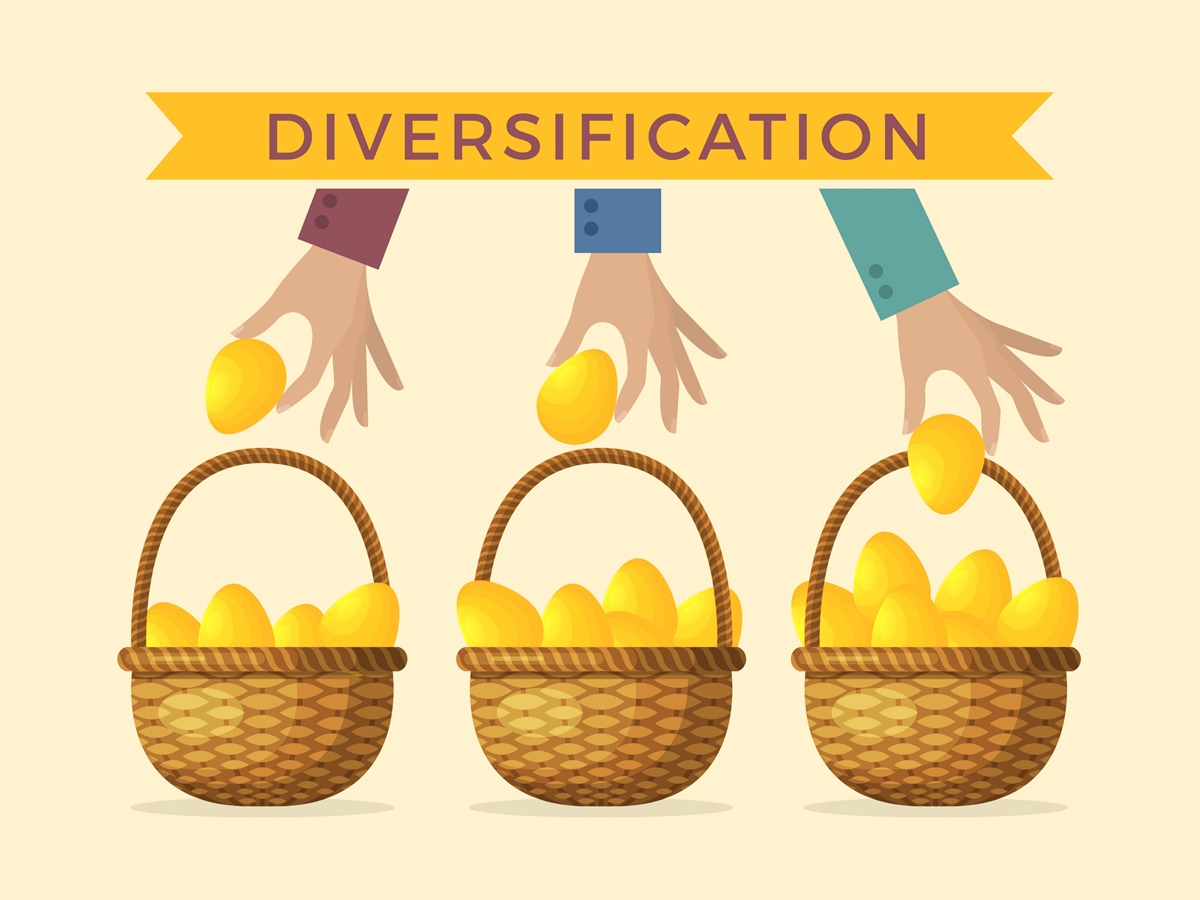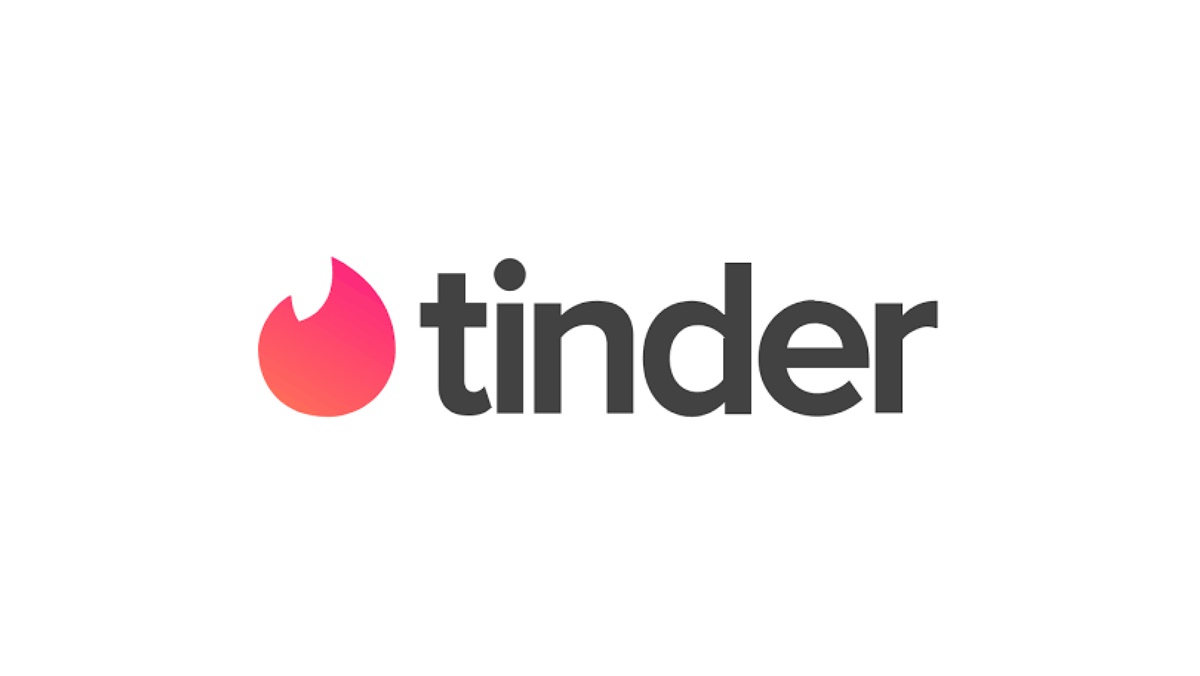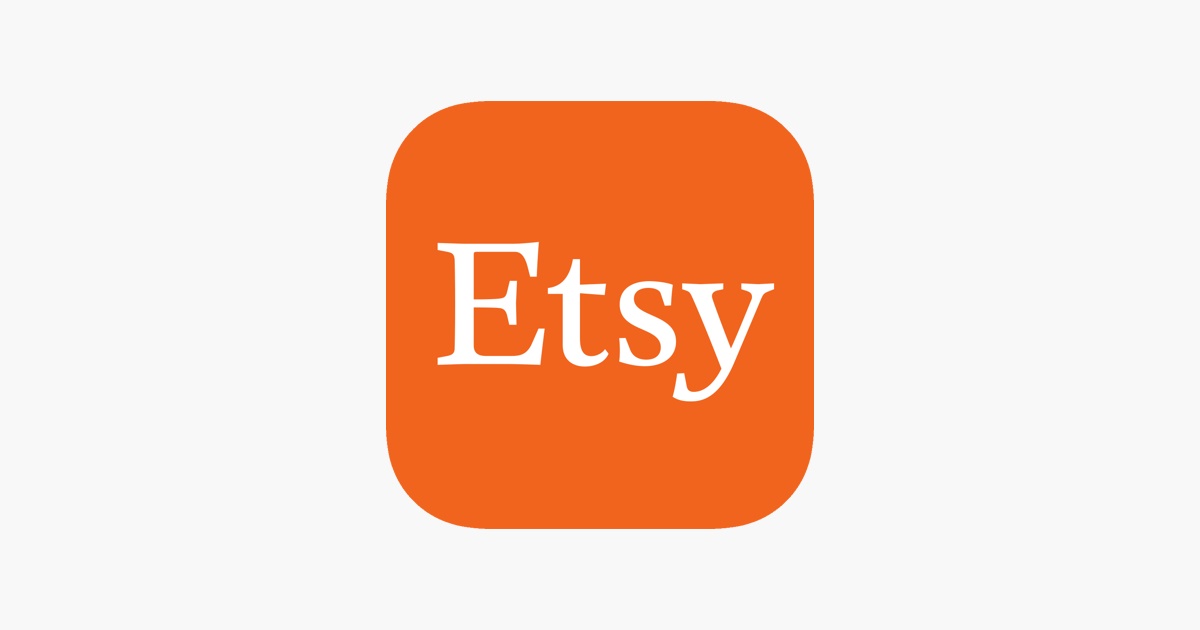What Are Business Growth Strategies? 10 Inspiring Examples
For any business to survive, it is crucial to maintaining growth. As growth is crucial and every entrepreneur aims for, adopting a suitable business growth strategy is, without a doubt, vital. However, not many business owners are following a proper strategy, and if they do not correct this right away, they will jeopardize their business and lose money.
In this article, we will help you to explain what Business Growth Strategies are exactly and Inspiring Examples. Now, let’s dig into the details.
Related Posts:
- 31+ Must-have eCommerce tools to 5x Growth Rate
- What is Growth Marketing?
- 13 Best FREE Advertising Sites
What is a growth strategy?
Definition

Growth is crucial to the survival of a company. According to the US. Small Business Administration, Office of Advocacy (August 2018), approximately 66 percent of companies stay alive in their first two years in business; roughly half succeed in making it to the five-year target. Only 33 percent will make it to their tenth-year mark. Those numbers are fairly consistent throughout almost all industries, and it also stresses the importance of planning growth from scratch.
Gabrielle Pickard-Whitehead (2019) stated that more than half of American SMBs were looking to grow in 2018, and 22 percent were planning to recruit additional personnel. Compared to the 2017 figures, that reflected a remarkable elevation of 46 percent and 9 percent, respectively. A comprehensive plan for growth is more than just a marketing tactic; it is a key player in your business system. A growth strategy is crucial for a strong customer base and an attempt to overcome market fluctuations.
A growth strategy enables enterprises to expand their business. Growth can be achieved through strategies such as bringing in new locations, making investments in acquiring new customers or expanding a product line. The industry and target market of a business determines which strategies for growth it can adopt.
Strategize, take into account the possible options and incorporate them into your business plan. Based on the type of company you are developing, your growth strategy can be finding new locations, putting money in acquiring customers, finding opportunities to take the franchise, expanding product lines, or using various online channels to sell your items.
With the right business proposal template, businesses can plan and act strategically to reach their desired levels of success. It is essential that entrepreneurs know how to use a business proposal template effectively so they can maximize its potential and benefit from it. In addition, when used properly, it can significantly improve one’s chances of standing out among other entrepreneurs in the competitive business landscape.
Types of business growth strategies
The saying by Benjamin Franklin: “Failing to plan is planning to fail.” is familiar to most of us. The importance of planning is crucial, and it applies to business, too. Any business growth strategies should involve planning, preparation, and communication to all the team members responsible for carrying out the following growth strategies:
Market Segmentation Expansion

Are you sure that you are making a profit from any part of the industry right now? Perhaps there is a niche that only a few serve effectively. There may be a product or service similar to the one that you are currently selling; however, you haven’t taken into consideration how it will address the issue of a new market, often even with the very same attempt.
Product Development

New product development, an extension of the product line, or product reformulation/retooling are some ways you can aim to expand your products and thereby increase your revenue. Be innovative, it’s not just for your own sake; think about what your customers want, need, and want to pay for. Still, another “me too” extension of the product line possibly won’t break it off against intense competition from the industry.
Diversification

If you are tired of your overall company revenue with one or two customers or one industry, it may be better to seek other businesses or sectors to exploit if they perform well and prosper. Being responsible for one company can lead to a situation where they have all the negotiating power. They can leverage that to extend the size of their payment terms, say from 30 to 90 days, or some other disturbing decision that you are obliged to follow.
You need to be tactical about how to diversify yourself. Prudently select the lucrative sectors or markets to target; it is vital for your competitive edge.
Mergers or Acquisitions

You can consider merging with or acquire another seller, competitor, or other company. You can seek for weaker companies to attempt merging or acquiring them. If you are in a fierce competition in the field, maybe it is wisest to check if one of them is ready to buy you out. Remember that you’ll probably have little bargaining power in the latter case. When contemplating merger and acquisition strategies, carefully evaluate potential targets such as weaker competitors or sellers that align with your business goals. Assessing the competitive landscape allows you to identify opportunities for merging or acquiring companies that can strengthen your market position
However, enabling your business and employees to grow and prosper may be the right approach, particularly if you have limited financial resources. Spend time to consider the way to integrate the two businesses after the merge.
Alternative Channels

You might sell all of your products through wholesalers or a single retail store.
In either scenario, you might include the other one that you are not currently selling, or maybe even incorporate an alternative to shopping online. Or beside your wholesale channel, you might choose to sell directly.
The objective here is a collaboration with existing networks in order not to entail any damaged relationships or business is disrupted. Alternatively, if you’re planning to lose business in one sector, ensure that your total sales volume or profit will cover for it.
Reducing or Increasing Prices

If you increase your price, you may fear that your customer will feel displeased. That is correct. It may lead to losing one or two customers but part of it is how well the price is disclosed. Many cases, if their prices have not risen in many years, consumers will accept an increment, and you inform them of this reality together with strong explanations their prices are increasing. Additionally, taking a personalized approach to communicating this face-to-face with your customers will further convince them that their business is vital.
Or on the contrary, maybe for specific products, a strategic price reduction is necessary. It could help boost market share for a product that brings the customers and, after that, sell them something else that is more profitable.
Steal Competitor Strategies

For your competition, it may be an ideal option to borrow a page from their playbook. Here, I am not suggesting you perform something illegal and unethical; however, by doing this, you get to see what they’re doing on the up-and-up. Please remember that you may need to personalize the strategies to your own company, however, by the same rationale, be cautious not to scale it down too much, consequently losing the power of what appears to work for them.
Key Partnerships or Alliances

Are there other companies or influential individuals in your industry with whom you can partner to increase your sales. These generally are not the giants in your industry because they do not require your reciprocal help. And yet if you can find a business or person with some level of success and look for others to develop a win-win strategy for both organizations, then you should go for it.
Brand Differentiation

You should answer this compelling question: Are your brand and the products you sell in the market truly distinguishable?
You may have the best quality, or you may have the speediest turnaround. Or you are proud of having the most modern product in the marketplace. Whatever it is, you must guarantee that you have a truly unique product that makes you stand out and genuinely makes a difference to your customer, implying they are happy to pay for it at a price you can generate profits. Besides, ensure that you convey that to potential customers as your overall idea of distinguishing yourself from the competition.
How to develop a business growth strategy that works perfectly?
Being meticulous is the key for every growth strategy. To have the growth you’ll need, the following steps must be taken:
Establish a value proposition

To sustain long-term growth for your company, you need to recognize what separates it from the competition. Specify the reasons why customers choose you for a service or a product over other brands. What contributes to your relevance, distinction, and credibility? Use your answer to convince why other customers should choose you.
Some businesses, for instance, are competing on “authority” — Whole Foods Market is a credible place to purchase healthy and organic food. Others, like Walmart, are competing on retail prices. Find out what specific value only you can offer, and disregard everything else. You will potentially devalue your business if you deviate from this statement.
Identify your ideal customer

Your engaging in the business aims to solve the pain points for a specific customer. The question here is, “Who are your customers?” Are the customers the ideal ones? Otherwise, who are you serving? Once you adjust your business to spur growth, you should understand your ideal customer, and return to this audience.
Define your key indicators

Changes have to be measurable. If you can’t measure a change, you don’t have the mechanism to identify if it’s powerful or not. Define which key indicators make or break your business growth, and then devote time and resources to those aspects. Besides, it is not justifiable to test A/B accurately— make changes over time and compare historical and current results.
Verify your revenue streams

You should determine what your revenue streams are at the moment. To contribute to the profitability of your business, you should identify which revenue streams you can add. When you’re detecting the opportunities for new revenue streams, think about their long-term viability. Some brilliant ideas or trendy products do not require a revenue stream. You should take the isolation of the difference seriously, and understand it.
Know your competition

Your competitor is probably superior in something that your business is making a great effort in regardless of your industry. You should pay attention to comparable organizations that develop in new, unique ways to enhance your growth strategy. Do not shy away from looking for advice. Question yourself why your rivals have made alternate options. Did they make mistakes? Or, are you positioning your business differently? You are hardly ever right in stating you are cleverer.
Concentrate on your strengths

Occasionally, concentrating on your strengths instead of attempting to work on your weaknesses can help you develop growth strategies. To grow your business, you should reorient the playground to align your strengths, and improve.
Invest in talent

Your employees have direct communication with your customers; therefore, you must recruit people that are incentivized and inspired by your company’s value proposition. Be economical on office decor, marketing budgets, and holiday parties. Cultivating proprietary deal flow stands as a pivotal strategy for any business eager to outpace competition and accelerate growth. By harnessing unique opportunities that aren’t available to the broader market, your business can gain an invaluable edge. If you need to cut down on their salaries over a long time, the loyal and right ones will stay.
A growth strategy is not a one-size-fits-all process. In reality, it would be irrational to make strategic decisions depending on the successes of somebody else to adapt to new market dynamics. However, it does not imply that you should not learn from another business. The bottom line is that the aggressive adoption of a cookie-cutter strategy will not produce any sustainable growth.
You ought to adjust your plan to balance out the inefficiencies of your company, optimize its strengths, and best serve your customers who may be entirely different from those of an ambiguous, one-size-fits-all approach.
Data from your company will influence all of your strategic decisions. In particular, to build a personalized growth plan, you can use the data from the key indicators and revenue streams. From here, you will have a better understanding of your company and the needs of your customers, which will inevitably contribute to growth.
A one-size-fits-all strategy has ambiguous indicators to it. But one detailed plan is successful. By tailoring your growth strategy to your business and customers, you’ll keep your customers happy and fulfill their wants and needs, which will keep them coming back.
Business growth strategy: 10 Examples for you to learn
How PayPal paid users to growth hack for them

Before it grew popularity, PayPal was growth hacking referrals. When PayPal was introduced, they developed a new kind of payment method, and they realized they had to create credibility and trust to grow. Its strategy was to persuade early adopters to refer users to the platform.
PayPal has paid to sign up its first users. They offered them money, literally, for free. For signing up, those bonuses started at $20. As users became used to the concept of PayPal, signup incentives reduced to $10, then $5 before terminating. And yet their user base had begun to increase organically by that time.
This initial investment worked well for PayPal. Their first revolutionary phase of the referral program helped the company to expand to 5 million daily users in just a few months. You should incentivize your users in a way that works for your business. If users love your product, the initial cost of establishing a referral program can recover if your users repetitively support your brand.
How Facebook increased week 1 retention by finding its north star metric

In 2012, the active user base of Facebook exceeded 1 billion. It’s interesting to look at Facebook’s rapid expansion and perceive it as a kind of big bang effect — a natural phenomenon that is hard for its separate catalysts to pull apart. Some major techniques drive this huge success.
Time and time again, by having a consistent emphasis on user behavior data, Facebook has accelerated expansion. They have spotted user success markers and then use those markers as North Star metrics to orient their product choices. Facebook utilized analysis tools to compare user cohorts — the ones who are still participating in the site and those that had left quickly after signup.
They noticed the best and most accurate retention indicator, whether users connected with 7 friends within 10 days or not. After Facebook had determined their activation indicator, the onboarding experience was designed to tempt users and contribute to the incredible number.
By concentrating on a factor that corresponds with engagement, the team will be able to take a scientific approach to increase satisfaction and commitment and assess performance.
How Tinder tripled its user base by reaching target users in person

Tinder was notably popular in incorporating dating. Yet, to get its growth to begin, Tinder came up with a plan that would encourage new users to play the game on the other side of the app and find a suitable dating pool.
For their product to be tested, people had to see it in person. Tinder ‘s approach was remarkably high touch — they sent out a team to meet potential customers in person and explain the importance of the app.
They invested in a tour of sororities and brotherhoods at colleges to recruit signups manually from their target audience: millennials. The outcome was devastating; their user base grew from under 5,000 users to more than 15,000.
Initially, they helped women’s groups install the app to assist them in getting through early friction on the setup process. Then, the same picture is for a group of men. All cohorts could easily see the benefit as people who had something significant in common also used the app — they all went to the same school.
To identify the appropriate growth strategy for your product, you have to consider what consumers will need to see it function. Tinder’s in-person pitches were a resounding success as it assisted users to see value faster by adding more meaningful connections to the 2-sided app.
How Twitter strengthened its network effect with onboarding suggestions

In 2010, Andy Johns served as Brand Manager at Twitter, when the website already had more than 30 million active users. Yet, John stated that growth was stagnating. Therefore, the Twitter user growth team got innovative and attempted a new growth test every day — the team would select an environment to attract more users, develop an experiment, and generate up to 60,000 new users in a day.
One key user development tactic that is effective for Twitter was to encourage users to follow more people once they were onboard. Soon after they sign up, they started suggesting 10 accounts to new users. As users never had to come across an empty Twitter feed, they could experience the product’s value much faster.
The first aha moment of your users — whether it’s connecting with friends, sending messages, or exchanging files — should help to give them a solid footing in your product and drive the effect of your network into practice one user at a time.
How LinkedIn growth hacked connections by asking a simple question

LinkedIn was developed for connecting users. However, most users still only had a few contacts in the very initial stages and needed assistance to make more. LinkedIn’s strategic approach was to capitalize on high user motivation immediately upon sign-up. Originally named the “Reconnect Stream,” during onboarding, LinkedIn introduced a single query for new users: “Where did you use to work?” This jogged the memory of new users and minimize the effort required to reconnect with old colleagues.
Upon making this action, users were more likely to make further connections themselves is higher.LinkedIn’s page views grew by 41 percent thanks to this straightforward prompt, searches jumped 33 percent, and user profiles became richer with 38 percent more job positions listed. If you realize that your users do not take advantage of your product themselves, you should assist them as much as you can. Using your onboard energy can help your users get active.
Dropbox with its growth strategy: Viral Loops

Dropbox debuted in 2008 as a trailblazer in the cloud storage software field and brought the convenience of storing files in the cloud, instead of on a physical device.
Currently, we take this luxury for granted but the story was more complicated. Dropbox faced a significant struggle to persuade users to leave their good pal USBs and external drives to the “cloud”—a new and unusual idea.
Dropbox believed it had a premium product that everyone would consider priceless, from students to executives. The job here is to show its value. Yes, it did succeed. By April 2009, the company had reached its million users mark, doubling the number just five months later, and only two months later making it three million. Dropbox currently has more than 500 million users all over the world.
How did they get this done? The answer lies in Viral loops. The general concept of a viral loop is simple. Someone will test your product. They are given a significant reward for sharing it with others. They approve and start sharing with others via their network. New users sign up, notice the reward for themselves, and share it with their networks. The process will repeat.
A viral loop at its finest is a self-perpetuating, 24/7/365 acquisition machine. Dropbox functions on a freemium to a premium model, providing 2 GB of free account storage to all users. Yet, what’s the purpose of doing it? For every individual that they successfully recommend, an additional 500 MB enabling users to receive up to 16 GB for free.
The Outcome? Over 15 months, the business grew by 3.900 percent. Viral loops are not guaranteed to go viral, and as they become more prevalent, they have become less powerful. Yet, there is always an opportunity.
Part of the attraction is that the viral loop flips upside down the conventional funnel. Rather than requiring as many leads at the top as possible, a viral loop funnel involves only one satisfied user to share with others. Provided that each referral leads to at least 1.1 new users, the system keeps expanding.
WhatsApp Growth Strategy: The “When They Zig, We Zag” Approach

When you are approaching a crowded marketplace, you have to be unique. Your value proposition will strongly indicate your competitive edge over others. Why should users choose your brand rather than someone else’s?
WhatsApp was not the first cross-platform messaging app when it was released in 2009, but it has become one of the most popular apps. More than 1.2 billion active monthly users can back it up.
Its founders, Brian Acton and Jan Koum sought to develop a product that does not involve baggage that people at that time see with similar apps. To draw customers bored with other providers, they chose no ads, no promotions, and a free first year. And it did work. At the time, WhatsApp emerged as being radically different from any other choice.
They developed a product that made sending and receiving instant messages incredibly easy. Thanks to the product, people began using it and sharing it, and in its first four years, the growth of WhatsApp surpassed the likes of Facebook, Skype, and Gmail.
Using the Growth Hackers strategy by first questioning what’s missing with your niche’s current offerings? Could you boost it, or remove it?
Point out what you discover, and let users share. You zag while the competition zigs.
Slack Growth Strategy: Word-of-Mouth

In nearly six years, Slack has become the dominant platform for both professional and personal users to collaborate and connect online. Slack reached one million daily active users in late 2015 from only 8,000 in the year 2013’s inauguration. The company today includes more than 10 million DAUs. That’s a relatively stellar metric for growth. But how did it work for Slack?
Initially, Slack made itself readily accessible to big and established companies like Rdio and Flickr, gaining lots of early exposure in the media. Its priority is on the satisfaction of customers, responding to thousands of help tickets and tweets every month. This excellent customer service has directly resulted in strong word-of-mouth during its early days. This attention to customer service led directly to positive word-of-mouth amongst its early adopters.
Even the leadership team of Slack had been astounded by the effectiveness of his word-of-mouth technique. Co-founder Steward Butterfield said in 2014, “The growth was absolutely crazy and almost exclusively on word of mouth. In addition, we’ve just recruited our first marketing guy, but he’s not starting until next week.”
Word of mouth is organic and powerful. Eighty-three percent of Americans say a recommendation from a friend or family member encourages them to buy or try a product, and fifty percent would choose word-of-mouth if only one source of knowledge could be selected.
The key to word-of-mouth success relates to all people possessing a deeply ingrained psychological bias — we subconsciously assume the majority knows best. Therefore, social evidence remains the number 1 weapon in both sales copywriting and overall marketing content, and most brands focus on their image online.
In today’s customer-driven environment, they realize that as communication tools change and information becomes accessible to all, a single negative blog post or tweet can jeopardize a whole marketing effort. Pete Blackshaw-the father of digital word-of-mouth growth stated, “satisfied customers tell three friends; angry customers tell 3,000.” It is why Slack has concentrated on positive user experience to increase its customer base and the surge of positive feedback.
Concentrate on offering a great user experience, and users will pass the information for you.
How Etsy grew to 42.7 million active buyers by empowering sellers

Etsy entered IPO in 2015, ten years after the company was established, with a valuation of $2 billion. The company currently has 42.7 million active buyers and 2.3 million active sellers. Its annual gross merchandise sales is $3.9 billion in 2018. Impressive, isn’t it?
Etsy ‘s development of a “community-centric” platform was the catalyst for their popularity. Instead of creating a single eCommerce platform, Etsy took the first step in developing a group of like-minded craft-makers. To do this, they attempted to improve organic new user growth by actively encouraging sellers to share their products on social media.
First, Etsy’s main focus is its user acquisition on the seller side. They gave a lot of support for their sellers and a lot of independence to promote and customize their businesses — which eventually gave sellers a sense of control over their performance. This method inspired Etsy sellers to hire their purchasers, who then visit Etsy and become attracted to the site on their own.
Etsy’s seller handbook is simply a course on how to run a small online business — hashtags and everything else. Whereas Etsy positions itself as the platform of support, sellers generate their regulars and, via social networking, build their new company.
If there is a 2-sided market in your product, first concentrate on one side of the equation. Then, figure out how to allow these people to become a channel of acquisition in and of themselves.
How GitHub grew to 100,000 users in a year by nurturing its network effect

GitHub came into existence as Git, a software development tool. It was created to address an issue that its coder founders had by allowing multiple developers to work on a single project. Yet, it was the conversation around Git that became the core value of the tool — what the founders dubbed “the Github.”
Github ‘s founders realized that the collaborative project problem wasn’t only a practical problem with software — a common factor was lacking from the entire developer community. Therefore, they commit to improving the product’s community site, generating a freemium product with an open-source repository where coders could work together to discuss projects and fix issues with a consensus-based decision making.
They generated the ability to follow up on projects and monitor contributions, hence, both a connectedness element and a competitiveness element adhere. It transformed GitHub into something of a coding social network. Github had achieved its first 100,000 users just over a year after release. GitHub had raised $100 M in venture capital in July 2012.
It’s feasible to transform a resource into a community by stimulating the network effect. For GitHub, the more developers participating, the better the platform was. Find your product’s community, and offer them a place to work together.
Conclusion
To sum up, we have shown you the definition of Business Growth Strategies and revealed to you 10 Inspiring Examples. You should adapt the strategies followed by the companies mentioned above and apply them to your business. We hope that you can have a successful journey ahead and grow it dramatically.
If you are running an eCommerce business, you may be curious about which is the most suitable tool for you to grow. Let’s check out the tools in our post: 31+ Must-have eCommerce tools for Online Stores to 5x Growth Rate.
Hopefully, you find this article is helpful. If you have any questions, please comment below and share this. Good luck with your future career!
New Posts

How To Set Up Google Analytics 4 For Your BigCommerce Store






